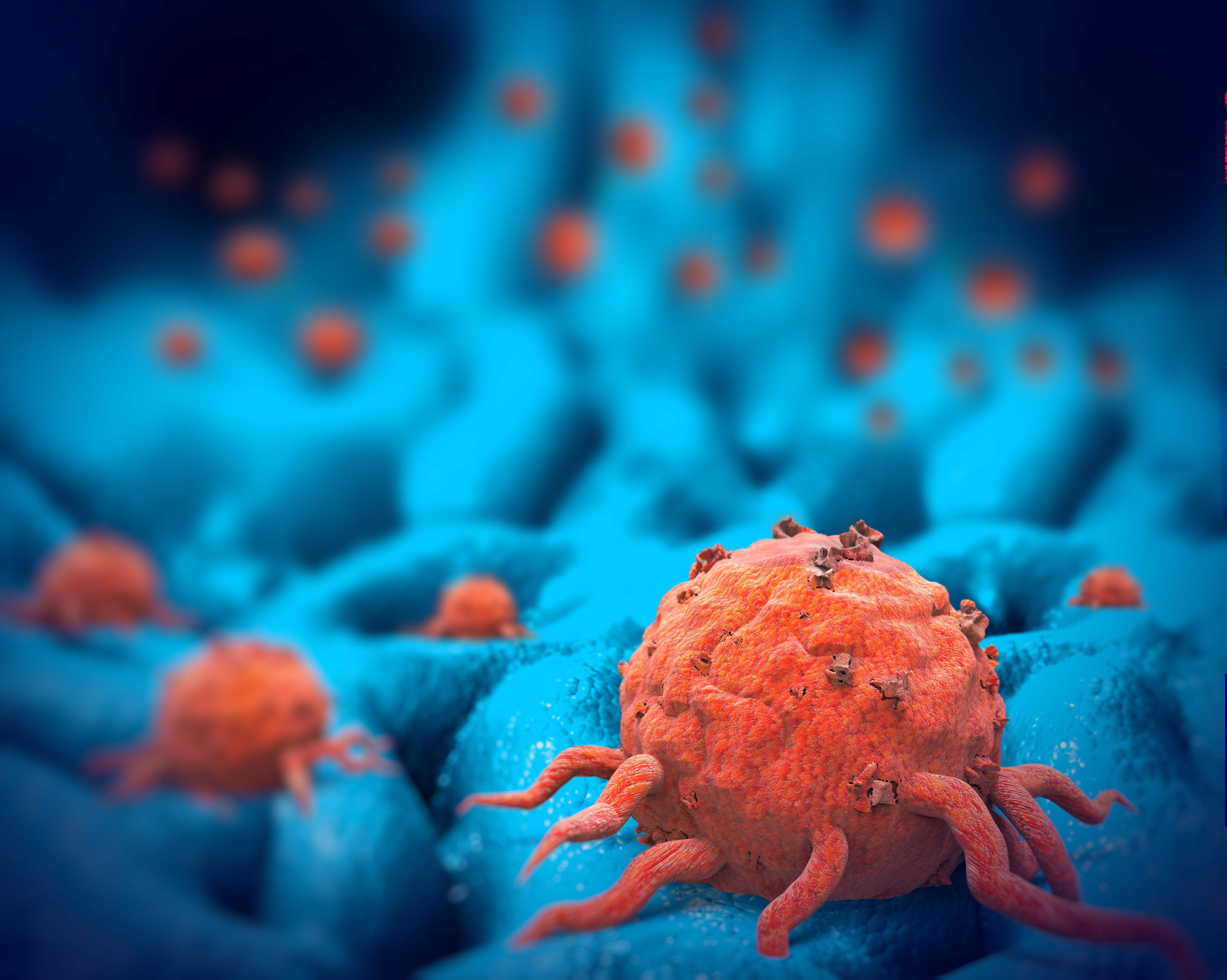Article
You Are Not Alone: The Sarcoma Alliance as a Patient Advocate
Author(s):
A nonprofit organization aims to connect patients, caregivers and loved ones affected by sarcoma while educating those about the rare cancer.
What is patient advocacy?
Within the health care system context, patient advocacy refers to the activity of people speaking out for the rights of patients, survivors and caregivers. Patient advocacy is manifested in many ways, including representing the patient's point of view during legislative discussions, educating the public about an illness and assisting in educating both patients and caregivers about the condition that has now become the focus of their lives.
Importance of Patient Advocacy
Being diagnosed with a potentially terminal illness, especially a rare disease like sarcoma, is overwhelming for patients and their loved ones. As they embark on the process of learning to navigate the new world that now includes their illness, patients and their loved ones may quickly be inundated with confusing medical jargon, frustrated by delays and red tape encountered when trying to see specialists and seek insurance coverage, and burdened by financial concerns. While navigating the “new normal,” patients and their caregivers may find it challenging to advocate for themselves. Patient advocacy is critical to the patient journey, particularly in the case of a diagnosis or a rare cancer such as a sarcoma.
Raising Awareness: History of the Sarcoma Alliance
Synovial sarcoma patient Suzanne Leider founded the Sarcoma Alliance in 1999 in her living room with the words “guidance, education and support” in her head. It took four years for her to meet another patient with sarcoma, Wendy Sommers. Leider decided four years was too long to wait to meet a fellow survivor and decided to do something about it. With the help of friends, family and volunteers, the Sarcoma Alliance was born.
As a patient and a health care provider herself, she understood the difficulties of navigating our health care system. She knew that creating a gathering place for those touched by sarcoma would diminish the isolation that accompanies this diagnosis. Sommers was at Leider’s side, sharing treatment information, wisdom and inspiration.
Leider recognized the importance of having sarcoma specialists involved in treatment as early as possible. Sarcomas are so diverse and represent such a small percentage of cancers that many physicians may not be aware of the latest treatments for a specific subtype. In addition, sarcoma experts are likely to be located at treatment centers with the multidisciplinary teams needed to treat these cancers. However, not everyone recognized this or has the financial means to travel to a sarcoma specialist center. From that, Leider developed the Assistance Fund, which provides grants to reimburse expenses to obtain a second opinion from a sarcoma expert.
While the Sarcoma Alliance recognizes the value of research, the organization focuses on the immediate challenges of how to aid patients with sarcoma today. Currently, the Sarcoma Alliance is the only international sarcoma advocacy organization whose sole focus is on providing guidance, education and support for everyone affected by the disease. The organization empowers patients and their loved ones so that they can understand and receive the best medical services.
Because it is rare, sarcoma gets little or no attention from many organizations that work with patients with cancer. Most sarcoma nonprofits concentrate on a particular sarcoma subtype or a particular cancer center. The Sarcoma Alliance is the oldest sarcoma nonprofit not tied to any one center or subtype.
Attention to patient advocacy is directly connected to awareness. The Sarcoma Alliance was one of the organizations that knew early on that increased awareness could help patients get a correct diagnosis, as well as better treatment and support. Very early efforts focused on having symbols — a yellow ribbon and a sunflower — and then progressing to the designation of July as Sarcoma Awareness Month.
Sarcoma Alliance as a Patient Advocate
The Sarcoma Alliance recognizes the difficulty of transitioning from a “healthy” individual to a patient with sarcoma, and has implemented adaptable solutions and blueprints for patients and their loved ones to help alleviate the uncertainty. The Sarcoma Alliance provides a professional and nurturing environment where patients and their loved ones can seek answers to their questions and concerns about sarcoma.
So how does the Sarcoma Alliance help advocate for the sarcoma community? The Sarcoma Alliance’s platform uses a personal approach to supporting the patient's journey with sarcoma. The Sarcoma Alliance website (www.sarcomaalliance.org) provides information about sarcoma in general and about specific sarcoma subtypes, as well as information about treatment guidelines and clinical trials. Patients are offered one to one support to help access social and financial services. On its website, patients can find the application for an Assistance Fund grant to help cover the costs for second opinions from sarcoma experts.
Some of the Sarcoma Alliance’s other services include:
- Providing information on in-person and online support groups.
- Moderating private social media pages for sarcoma (where patients can communicate with each other).
- Sharing the latest in sarcoma news through social media and e-communications.
- Engaging the sarcoma community in volunteer and advocacy opportunities.
- Hosting the annual Sarcoma Exchange conference for patients, survivors, caregivers and medical professionals
The objective of the Sarcoma Alliance is to improve care by assisting patients and caregivers on their sarcoma journey in collaborating on common priorities. Often, that means that another organization or group with which the Sarcoma Alliance collaborates is best placed to provide patients and caregivers with the particular services they need. Some of these organizations and groups can be found on the Sarcoma Alliance’s webpage: www.sarcomaalliance.org/support-groups.





